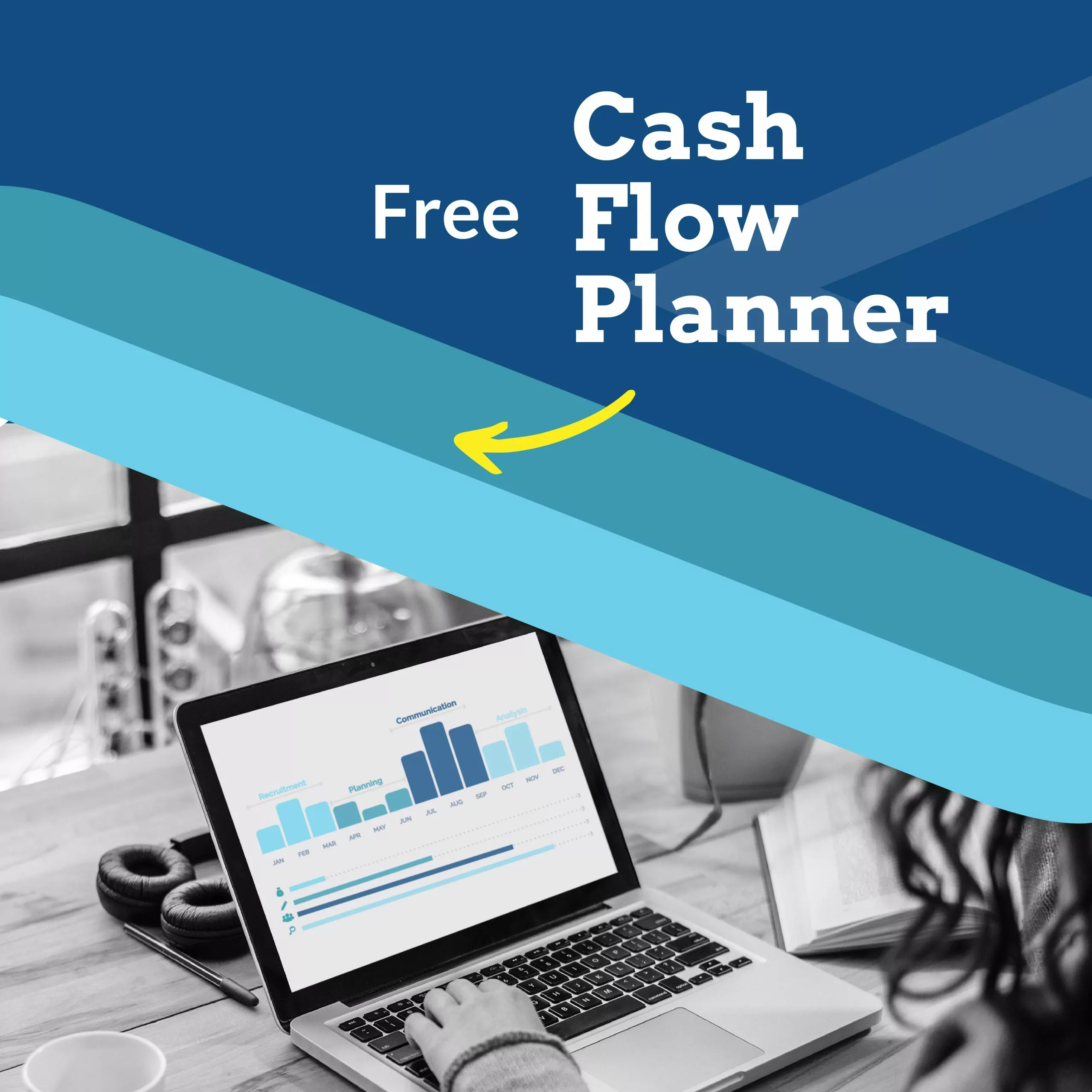By the end of 2020, the US retail eCommerce sales are projected to reach $709 billion. Now that you’ve already entered Q4 and holidays are near, there’s no better time to refine your eCommerce marketing plan, and maximize your revenue with these top eCommerce strategies.
Most eCommerce retailers sell considerably more during the Q4, often doubling the combined revenue for the rest of the three quarters. In other words, this is a make or break season for online sellers. Note that your customers begin their gift-search as early as mid-October, which means they’re already doing it. The next two months can be more lucrative than ever, depending on how you plan for them. On that note, be mindful of year-end planning amidst this busy buying season, and for a limited time, we will offer new clients a complimentary Year-End Review by scheduling a call or requesting a proposal online.
To help you gear up for the biggest shopping season of the year, we’ve compiled some key strategies to implement and make the most out of the upcoming months. From planning to budgeting and running viral campaigns, we’ve tried to cover as much as possible so that you can give your customers a cutting-edge shopping experience.
Crush Q4 with these top eCommerce strategies:
1. Devise Your Holiday Season Strategy
It’s not yet too late to plan for the best-selling season of the year. To experience a highly profitable Q4, you should certainly take the time to prepare your seasonal eCommerce marketing plan. Start by defining your ultimate goals.
No matter how comfortable you are with investing money into paid ads, to be successful, you’ll need to have clear-cut goals in mind. This should ensure that your efforts, investment, and resources are all aligned to your targets and you’re able to generate maximum sales while staying within budget.
When developing your marketing plan, don’t miss out on the following aspects:
- The holidays you want to promote and focus on most: Most online sellers stay focused on Black Friday. Others prioritize before Christmas flash sales. Some also exploit Green Monday or Cyber Monday to capture online shoppers. Analyze your sales history and consider what works best for your business to determine your focus and split your resources during the holiday season. Since buyer behaviors and patterns are rapidly changing, don’t entirely rely on sales history for past years.
- Your marketing budget: While the spending will vary from one business to another, you should allocate at least 10% of your yearly budget to marketing for the holiday season. The budget should cover PPC, social media ads, content creation for ads, and other marketing costs.
- Basics: Do more of anything you do for your weekly or monthly promotions throughout the year. Here’s a comprehensive list to cover and plan for the best eCommerce holiday:
- Get gift guides.
- Focus on emails.
- Ensure changes in SEM/Paid searches.
- Focus on product category banners, home page updates, display ads, new landing pages, social media ads, etc.
- Retarget Ads.
- Highlight coupon codes.
- Abandoned cart email changes.
- Work with digital partners like Amazon to create a pricing strategy.
- The content that you want to create: An affordable and convenient way to generate eCommerce sales during this time is to leverage the seasonal content trend. Since you won’t get time once the sales start surging, it’s best to create content beforehand. This includes high-quality, valuable content on your website that addresses the biggest concerns of shoppers during the holiday season and social media posts. Don’t forget to develop enough Santa GIFs and change your messenger bot to a holiday theme.
2. Select Your Sales Channels
One of your biggest Q4 goals should be to sell on platforms where your customers buy. As opposed to selling only through your website or any single channel, reaching your target market across multiple channels can lead to 190% more sales.
Brands have realized that most customers don’t care where they’re purchasing their products. That’s the reason why multichannel marketing has become an extremely popular promotional technique in recent years. Among the most popular channels include social media, website, Facebook Messenger, Etsy, Amazon, and social media.
3. Plan Your Budget for Ads
Assuming that you understand your customer inside out and are well aware of their preferences, select the hottest categories from your eCommerce product listing. Then, allocate the highest proportion of your spend on promoting those products. When planning your ad budget, focus not just on paid social media marketing and search engine marketing but also on Product Listing Ads (PLAs) on Amazon and Google. Accounting for more than 52% of click share in the past Q4’s, PLAs are growing at exponential rates.
According to the State of Amazon 2016 report by Bloomreach, 9 out of 10 customers check products on Amazon, even if they find those products on retail sites. Hence, make sure you pay particular attention to paid Amazon Ads when planning your budget.
4. Create Video Content for Ads
Regardless of the platforms, you market on, you want to market your products in the best possible way. According to Optinmonster, video marketers achieve a 54% boost in brand awareness and attain 66% more qualified leads every year. The impact is attributed to the quality of education that videos bring. Viewers aren’t just able to educate themselves about a product and brand, but also gain trust in the company through engaging visuals. Based on these facts, there’s no need to second-guess the benefits of video marketing during the following months.
Hence, create marketing videos for social media, website, email, Messenger, and retargeting. But which platforms are best for sharing video ads? According to the latest findings, the most popular social media platform for video marketing is YouTube, which is why 88% of marketers said they plan to market on YouTube. The next best platform for video marketing happens to be Facebook. A powerful way to make an impact on your customers is to showcase both image and video through Facebook Collection Ads. No one can deny the effectiveness of visual content on Instagram and Twitter, but LinkedIn has surpassed both of them to become the 3d most popular platform for video marketing.
Apart from social media, product videos, how-to-use videos, and installation videos have proved highly popular on Amazon. If you sell on the platform, don’t forget to upload the relevant videos on product pages. You can also have those videos on your own website homepage as well as product pages. Using your homepage slider to display an engaging advertisement for the Holiday Season should go a long way to catch attention.
In the hectic Q4 season, creative products and marketing videos will help you stand out from the competition.
5. Utilize a Messenger Bot
A quick way to make the desired impact on customers and boost your conversions during the Q4 season is to use Messenger bots. Not only do they provide an easy, direct way to reach customers, but they are also cost-effective. Messenger bots allow you to share ads, showcase products, nurture leads, welcome new customers, and even receive payments from customers.
There are many reasons for you to leverage Messenger bots. By using them, you can deliver a personalized experience to your customers. Messenger bots help you learn about your customers and then use that info to guide them toward a perfect purchase.
Since Messenger is not a saturated channel for marketing, it’s a great channel to convey your story. Based on user behavior, a targeted customer is much more likely to open a missed Messenger message than a marketing email you sent.
In addition, Messenger bots allow you to offer incredible customer support. As a marketer, you should know that customers appreciate being heard. You can automate the responses for the most frequently asked questions about products and your brand, directing customers to relevant guides and tutorials depending on their queries. If the responses don’t work, you can serve the customer via live chat or call.
With Messenger bots, your customers don’t need to even leave the app to make purchases. Through in-app purchases, you can nurture the customers through the entire buyer journey and allow them to buy things while staying in the messenger app.
Since no other customer can see what you offer someone on the messenger app, you can provide exclusive sales discounts, free stuff, and offer coupon codes to your most loyal customers via a Messenger bot.
Hence, a Messenger bot can help you earn thousands or perhaps millions of dollars during this Q4.
6. Reduce Cart Abandonment
Based on a Salescycle study, 79.17% of online shoppers abandon carts on eCommerce sites. Every time a shopper abandons a cart on your site, you lose a potential sale. Before you enter the peak time of Q4, that is, during Black Friday or Christmas holidays, take steps to improve your abandoned cart sequence. Through content marketing, paid ad campaigns, and automated customer support, you can turn your checkout into a high-converting, scalable, money-making machine.
Make sure there aren’t any unexpected, hidden costs that appear during the checkout process. When you find that a new or existing customer just abandoned the shopping cart on your eCommerce site, send a follow-up email or Messenger text after 24 hours to prompt them to complete the checkout. In the case of a first-time customer, you may choose to remarket them on Facebook, targeting them through the custom audience feature. If it’s a loyal customer, you may even connect with them on live chat and see if there’s anything you can do.
7. Run Viral Ad Campaigns
Running viral ad campaigns is a common way to build awareness and advertise products for your eCommerce store. Anyone who has spent time on social media knows what a beast holiday eCommerce ad campaigns can be. When you go on to advertise your ‘holiday-only’ products, sale items, carry-over products, and new seasonal products, consider using thematic holiday ads instead of strictly product-specific ads. Whether you add holiday ads to your existing advertisement or pause your ordinary campaigns to launch holiday ads, tag them with slightly different UTM codes. This will allow you to compare data for ads, products, sources, and seasons.
Your Gift Guide ad campaign can stretch through the entire season but you can have a separate ad for the Black Friday Weekend.
The Black Friday Weekend
In the past, there was no concept of shopping on Thanksgiving Day. However, the eCommerce hype, combined with the trend of long days of sales, has established the 5-day sale. The top eCommerce sellers enjoy more sales during these days than any other month.
Prior to the Black Friday Weekend, be sure to test your site and see if it can handle high traffic volumes using platforms such as LoadImpact. If the site struggles to handle high traffic, you can spin up new servers in advance.
Closing Thoughts
These were the 7 top eCommerce Strategies to make the most out of Q4. The above-explained tips will have the biggest impact on your sales and help you up to your eCommerce game. If you don’t want to lag behind in the upcoming months, start following them from today and get a solid Year-End Review and end-of-year planning started now.
When you do succeed, the last thing you’d want is to lose track of your finances when the sales begin to surge. Fully Accountable can provide you with a solid eCommerce accounting solution that will prove valuable, not just in Q4 but all-year-round.


